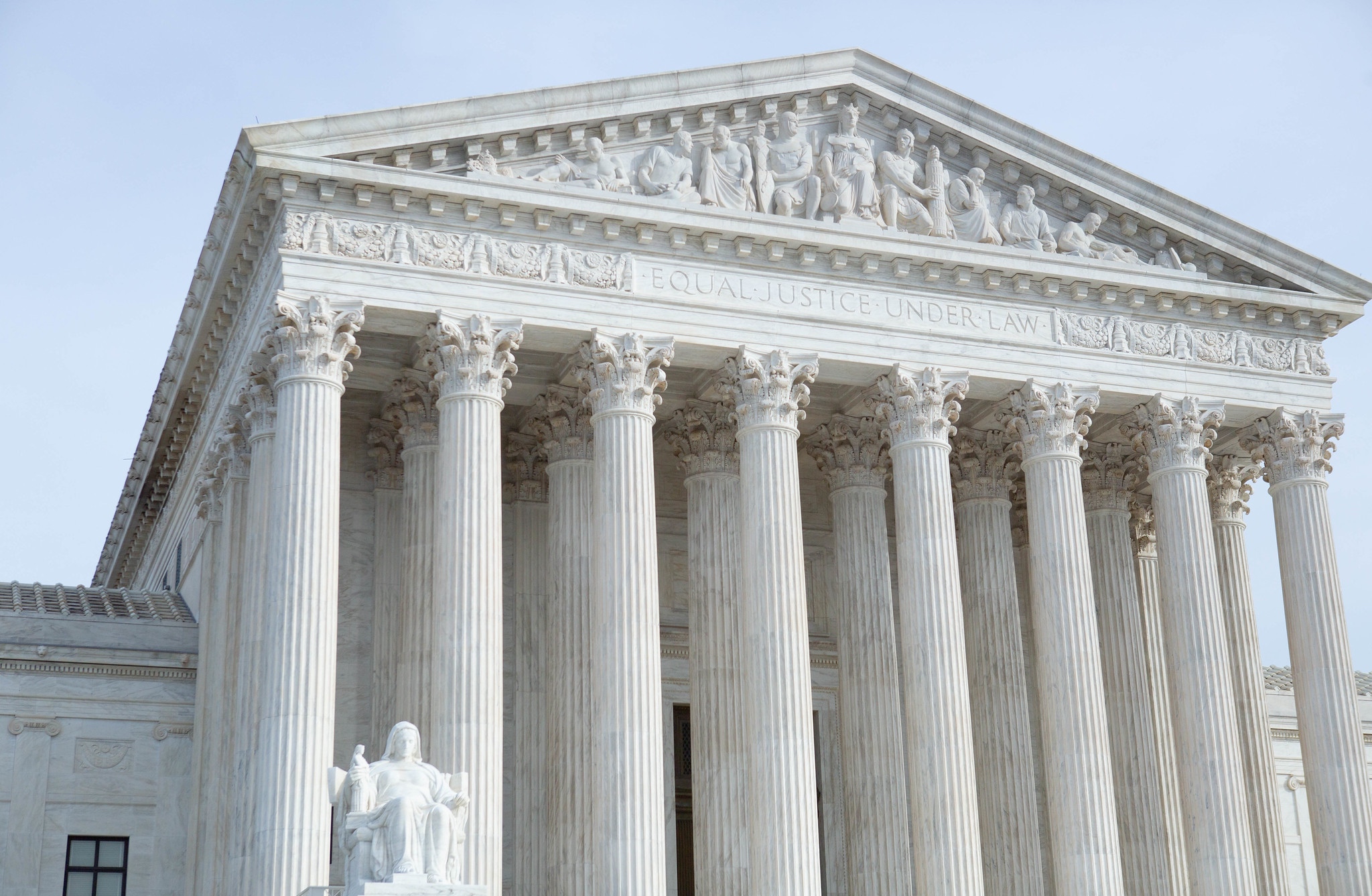Trump asks Supreme Court to pause order reinstating Department of Education employees


The Trump administration came to the Supreme Court on Friday morning asking the justices to temporarily pause an order by a federal judge in Massachusetts that requires the Department of Education to reinstate nearly 1,400 employees who were fired as part of a reduction in force in March. U.S. Solicitor General D. John Sauer urged the Supreme Court to intervene, arguing that U.S. District Judge Myong Joun “is attempting to prevent” the Department of Education “from restructuring its workforce, despite lacking the” power to do so “several times over.”
The Supreme Court directed the challengers in the case – including a group of blue states, led by New York, as well as the District of Columbia, public school districts, and teachers’ unions – to respond to the Trump administration’s request by 4 p.m. on Friday, June 13.
The dispute has its roots in the March 11 announcement by the department of a RIF involving 1,378 employees. “That RIF,” Sauer contended in his 40-page filing on Friday, “effectuates the Administration’s policy of streamlining the Department and eliminating discretionary functions that, in the Administration’s view, are better left to the States.”
The challengers went to federal court in Massachusetts, where they argued that the RIF violated the federal laws governing administrative agencies and the Constitution.
On March 20, President Donald Trump issued an executive order in which he instructed Secretary of Education Linda McMahon to “take all necessary steps to facilitate the closure” of the department. One day later, Trump announced that both the federal student loan portfolio and programs for students with special needs would be moved out of the department.
Just over two months later, Judge Joun issued a preliminary injunction that blocked the Trump administration from carrying out the RIF announced on March 11, ordered it to reinstate any employees who had been fired as part of that RIF, and prohibited the department from transferring student loan and special needs programs elsewhere in the government.
The record in the case, Joun wrote, shows that the Trump administration’s “true intention is to effectively dismantle the Department” even though, according to Joun, there is no law that authorizes it to do so. The “massive” RIFs, Joun observed, have “made it effectively impossible for the Department to carry out” the roles it is required to play by law. “Indeed,” Joun added, even before the RIF, “the Department was already struggling to meet its goals, so it is only reasonable to expect that a RIF of this magnitude will likely cripple the Department.”
Sauer on Friday asked the justices to step in and put Joun’s order on hold while the government appeals to the U.S. Court of Appeals for the 1st Circuit and, if necessary, the Supreme Court. Sauer also sought an administrative stay – that is, to pause Joun’s order to give the justices time to consider the government’s request.
Sauer argued that Joun’s order “epitomizes many of the same errors in recent district-court injunctions usurping control of the federal workforce.” As an initial matter, he contended, the challengers cannot rely on “the theory that the reduction in the Department’s workforce might affect the quality or promptness of Department services” to establish a legal right to sue, known as standing. To the extent that anyone can challenge the RIFs, he continued, they must do so before the Merit Systems Protection Board, which oversees the government’s personnel practices, rather than in federal court.
If Joun’s order is allowed to remain in place, Sauer told the justices, it will impose permanent harm on the government, requiring it “to pay salaries it cannot possibly recoup” and “to shoulder the massive administrative undertaking of reinstating large numbers of employees.” By contrast, Sauer suggested, the challengers’ “attenuated concerns over diminished government services do not establish irreparable harm.”
Posted in Emergency appeals and applications
Cases: McMahon v. New York